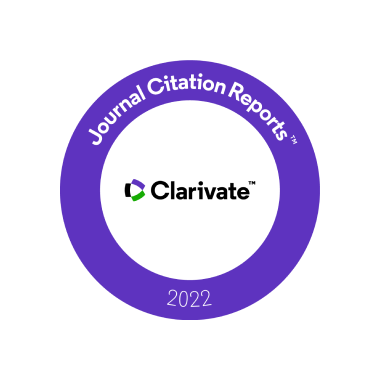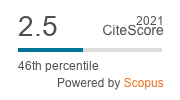LATTICE PWL MODELING OF SEPARABLE CONVEX FUNCTIONS AND ITS APPLICATION TO THE VEHICLE FOLLOWING PROBLEM
DOI:
https://doi.org/10.5755/j01.itc.40.1.193Keywords:
nonlinear system approximation, piecewise linear function, automatic cruise controlAbstract
Due to the inherent nonlinear nature of real world systems, one of the most popular ways to deal with nonlinear systems is to find a feedback linearizing input and then deal with the system by using the rich literature on linear control methods. As an alternative, the nonlinear terms in the system model can be piecewise linearized and then the system can be controlled by using various linear control approaches. The purpose of this paper is to show that under certain conditions, piecewise linearization (PWL) outperforms feedback linearization. In this note, a systematic procedure is outlined for approximating convex separable nonlinear systems with a continuous piecewise linear func-tion and, to emphasize upon the basic idea of this paper, a widely employed nonlinear vehicle following model is used as an example. For this particular model, it is shown that the approximation scheme is optimal with respect to the num-ber of local linear models and the inherent problem of increased dimensionality of PWL systems is not significant. As an extension of our previous work, it is also shown that parametric uncertainties can be deeply investigated, which is not possible in the case of feedback linearization. A simulation study is carried out to show that the proposed system not only guarantees asymptotic tracking of the desired trajectories, but also ensures safety and ride comfort under the constraints of physical limitations inherent in the system. Various issues of vehicle following, e.g. convergence of error in the inter-vehicle spacing, velocity following, control saturation and parametric uncertainties are addressed in this paper. The performance analysis reveals that this new strategy yields promising results.Downloads
Published
2011-03-01
Issue
Section
Articles
License
Copyright terms are indicated in the Republic of Lithuania Law on Copyright and Related Rights, Articles 4-37.





